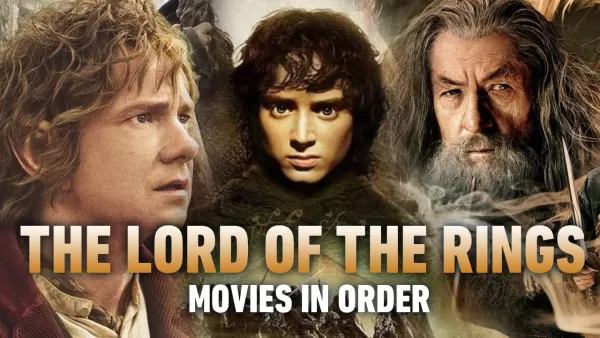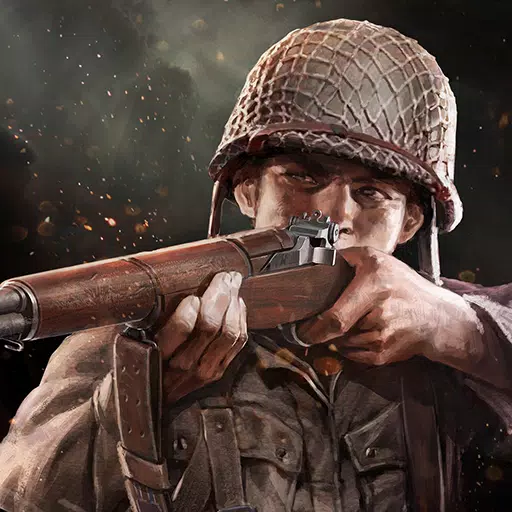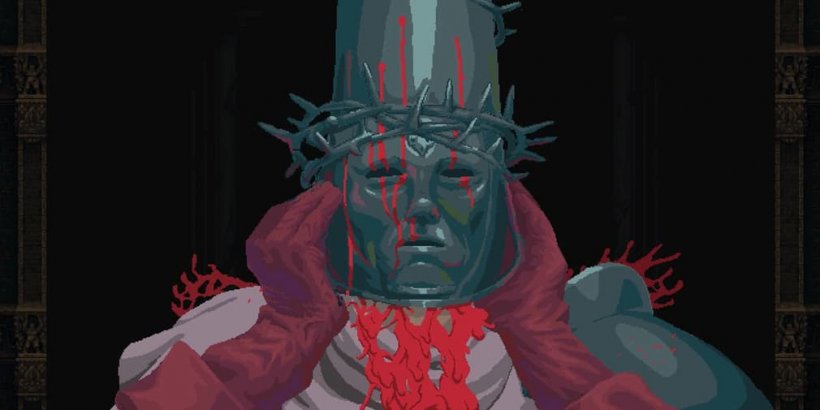"Assassin's Creed: 10 Historical Twists"
Ubisoft has once again fired up the Animus, transporting us back to Japan's Sengoku Period with Assassin's Creed Shadows. This installment introduces historical figures such as Fujibayashi Nagato, Akechi Mitsuhide, and Yasuke, the African samurai who served Oda Nobunaga. True to the series' style, these characters are intricately woven into a narrative blending fact with fiction, exploring themes of revenge, betrayal, and murder. While the game might whimsically suggest Yasuke needed to rack up XP to wield a gold-tier weapon, it's all part of the engaging storytelling Assassin's Creed is known for.
Assassin's Creed has long been celebrated for its historical fiction approach, crafting tales around a secretive society aiming to dominate the world through the mystical powers of a pre-human civilization. While Ubisoft's open-world environments are meticulously researched and rooted in history, they are not meant to serve as history lessons. Instead, the developers creatively alter historical facts to enhance the narrative, resulting in a fascinating blend of real-world events and fictional storytelling.
Here are ten notable instances where Assassin's Creed has taken creative liberties with history:
The Assassins vs Templars War

The central conflict between the Assassins and Templars is a complete fabrication. Historically, there is no evidence of a war between the Order of Assassins, founded in 1090 AD, and the Knights Templar, established in 1118. Both groups existed during the Crusades but were disbanded by 1312. The idea of a centuries-long ideological battle between them is pure fiction, inspired by conspiracy theories surrounding the Templars.
The Borgias and their Superpowered Pope

In Assassin's Creed 2 and Brotherhood, Ezio's adversary is the Borgia family, with Cardinal Rodrigo Borgia portrayed as the Templar Grand Master who becomes Pope Alexander VI. The game's plot involving the Borgias' quest for the Apple of Eden and a superpowered Pope is entirely fictional. The real Borgia family, while notorious, was not the villainous dynasty depicted in the game. Cesare Borgia, in particular, is portrayed as a psychopathic leader, despite historical accounts suggesting he may have been less malevolent than the rumors suggest.
Machiavelli, Enemy of the Borgias

Niccolò Machiavelli, portrayed as Ezio's ally and leader of the Italian Assassin's Bureau, would likely not have aligned with the Assassins in real life. His philosophy of strong authority contradicts the Assassins' fight against it. Moreover, Machiavelli's actual relationship with the Borgias was more nuanced; he respected Rodrigo Borgia's cunning and served as a diplomat under Cesare, whom he admired as a ruler.
The Incredible Leonardo da Vinci and his Flying Machine

Assassin's Creed 2 showcases a compelling portrayal of Leonardo da Vinci, capturing his charisma and wit. However, the game takes liberties with his timeline, moving him to Venice in 1481 to align with Ezio's story, whereas he actually moved to Milan in 1482. The game brings to life da Vinci's futuristic designs, including a flying machine, which, while inspired by his sketches, never flew in reality.
The Bloody Boston Tea Party

The Boston Tea Party, historically a non-violent protest, is dramatically altered in Assassin's Creed 3. Protagonist Connor turns the event into a violent confrontation, killing British guards while his allies dump tea into the harbor. The game also suggests Samuel Adams orchestrated the protest, despite historians' uncertainty about his role.
The Lone Mohawk

Connor, a Mohawk in Assassin's Creed 3, fights alongside the Patriots against the British, a scenario unlikely given the Mohawk's historical alliance with the British. While there are rare instances of Mohawks fighting for the Patriots, such as Louis Cook, Connor's story represents a "what if" scenario that diverges from historical norms.
The Templar Revolution

Assassin's Creed Unity's depiction of the French Revolution as a Templar conspiracy oversimplifies the complex causes of the event. The game attributes the food crisis to Templar machinations, while in reality, it was the result of natural disasters. Unity also focuses heavily on the Reign of Terror, neglecting the broader scope of the revolution.
The Controversial Killing of King Louis 16

The execution of King Louis 16 in Assassin's Creed Unity is portrayed as a close vote swayed by a Templar conspirator. In reality, the vote was a clear majority, and the game downplays the widespread anger against the aristocracy, including the King's attempt to flee to Austria.
Jack the Assassin

Assassin's Creed Syndicate reimagines Jack the Ripper as a rogue Assassin seeking control over the London Brotherhood. This narrative diverges significantly from the historical serial killer, whose identity and motives remain unknown.
The Assassination of the Tyrant Julius Caesar

Assassin's Creed Origins portrays Julius Caesar's assassination as a victory against a tyrannical proto-Templar. However, Caesar was popular among Romans for his reforms, including land redistribution. The game's depiction oversimplifies the complex political situation that led to his assassination and the subsequent rise of the Roman Empire.
While Assassin's Creed games strive for historical authenticity, they often prioritize narrative over strict historical accuracy. This approach to historical fiction allows for engaging storytelling and creative exploration of "what if" scenarios. What are your favorite examples of Assassin's Creed bending the truth? Share your thoughts in the comments.
-
Andy Serkis offered new insights about the upcoming "Lord of the Rings: The Hunt for Gollum," promising an unexpected approach that still honors Peter Jackson's original trilogy aesthetic. Serkis will both direct and reprise his iconic role in the fiAuthor : Victoria Sep 16,2025
-
Just days after releasing Metro Quester – Hack & Slash on Android, KEMCO is already back with another title. The company has opened pre-registration for Alphadia III, the latest installment in its beloved Alphadia franchise.A Faithful Yet ModernizedAuthor : Joseph Sep 16,2025
-
 Brick Breaker - Balls vs BlockDownload
Brick Breaker - Balls vs BlockDownload -
 Real Piano electronic keyboardDownload
Real Piano electronic keyboardDownload -
 Duet Friends: Cute Music GamesDownload
Duet Friends: Cute Music GamesDownload -
 Soul KingDownload
Soul KingDownload -
 ブレイクマイケースDownload
ブレイクマイケースDownload -
 Traffic Road Cross Fun GameDownload
Traffic Road Cross Fun GameDownload -
 Maiden AcademyDownload
Maiden AcademyDownload -
 Truck Driving Game Truck GamesDownload
Truck Driving Game Truck GamesDownload -
 6x6 Truck Offroad Driving SimDownload
6x6 Truck Offroad Driving SimDownload -
 Golden PokerDownload
Golden PokerDownload
- Steampunk RPG Eldgear Unveiled by KEMCO
- STALKER 2: Heart of Chornobyl - All Endings (& How to Get Them)
- Discover the Artifacts in Stalker 2: Locations and Acquisition
- NYT Hints and Answers: Guide to January 10, 2025
- Mushroom Go! Unleashes Co-op Dungeon Adventure for Fungi Fans
- Metaphor: ReFantazio - Complete Bond Guide













